Home>Furniture & Design>Bathroom Accessories>When To Harvest A Loofah
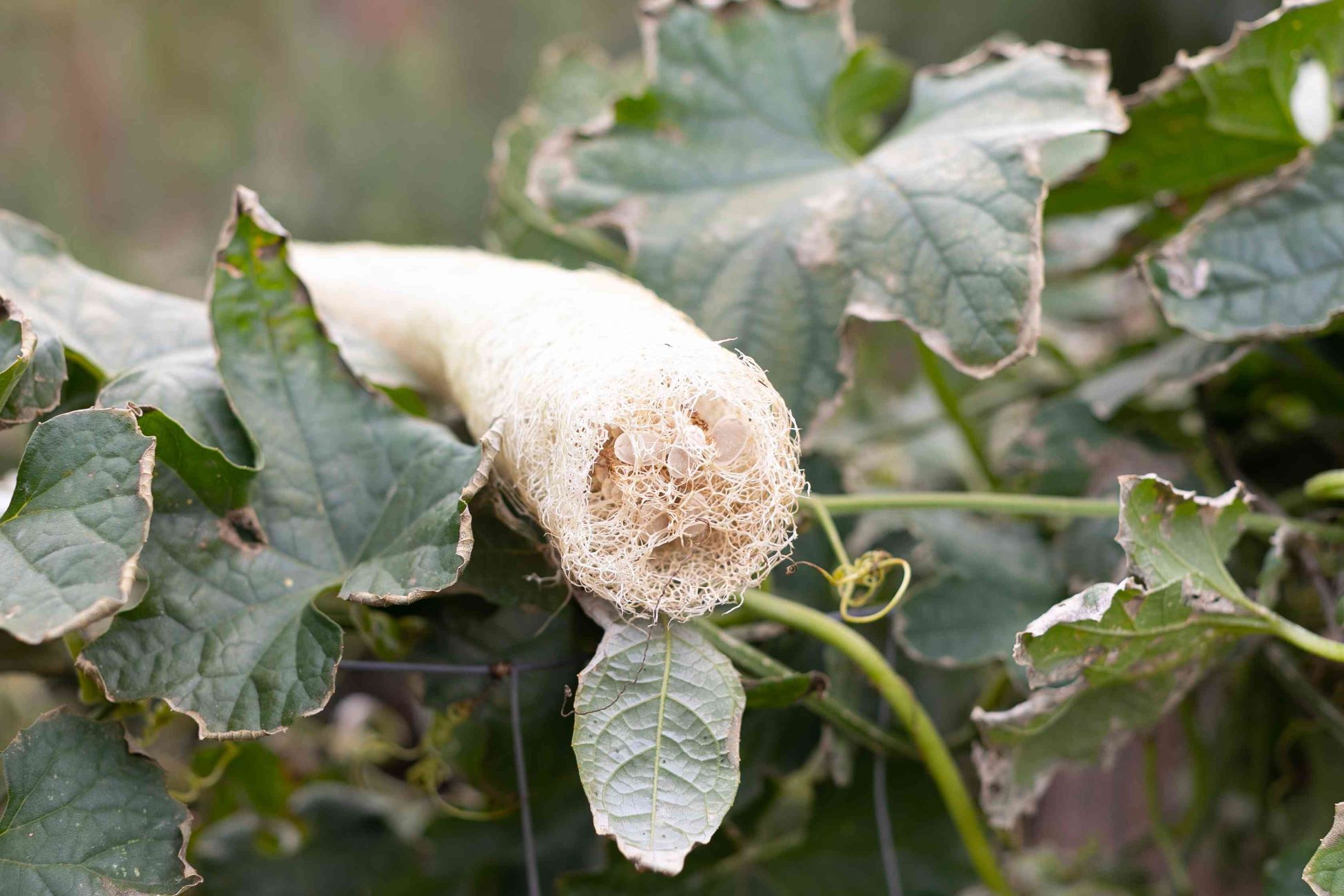

Bathroom Accessories
When To Harvest A Loofah
Modified: February 18, 2024
Learn when to harvest a loofah for the best quality bathroom accessories. Discover the ideal time to pick and process loofahs for use in your daily routine.
(Many of the links in this article redirect to a specific reviewed product. Your purchase of these products through affiliate links helps to generate commission for Storables.com, at no extra cost. Learn more)
Introduction
Harvesting loofahs at the right time is crucial to ensure that they are of optimal quality for use as bathroom accessories. Loofahs, also known as luffa or sponge gourds, are popular for their exfoliating properties and are commonly used in skincare and bath routines. These versatile natural sponges are derived from the fibrous interior of mature luffa gourds, making it essential to understand the signs of maturity and the ideal time for harvesting.
Properly harvested loofahs can be used for various purposes, including exfoliating the skin, cleaning dishes, and even as eco-friendly alternatives to synthetic sponges. Understanding the optimal time for harvesting loofahs is essential for ensuring that they are durable, effective, and suitable for their intended use. In the following sections, we will delve into the indicators of a mature loofah, the signs that signify it is ready for harvest, the best time of the year for harvesting, the proper harvesting techniques, and the subsequent steps for storing and drying the harvested loofahs. By gaining insight into these aspects, individuals can maximize the benefits of their loofah harvest and elevate their bathing and skincare experiences.
Key Takeaways:
- Harvest mature loofahs when they turn yellow, feel heavy, and have a rough texture. Late summer to early fall is the best time for harvesting to ensure high-quality sponges.
- After harvesting, remove the outer skin, dry thoroughly, and store in breathable containers away from direct sunlight and moisture to maintain loofah quality for skincare and bath routines.
Read more: When To Harvest Cucumber Seeds
Understanding the maturity of a loofah
The maturity of a loofah, also known as a luffa or sponge gourd, is a critical factor in determining its quality and effectiveness as a bathroom accessory. Loofahs are derived from the fibrous interior of mature luffa gourds, and understanding the signs of maturity is essential for optimal harvesting.
Mature loofahs typically exhibit certain physical characteristics that distinguish them from immature ones. When a loofah reaches maturity, it undergoes a transformation in both size and texture. Mature loofahs are larger and have a tough, fibrous texture, making them ideal for use as exfoliating sponges. In contrast, immature loofahs are smaller and possess a softer, more pliable texture.
One of the primary indicators of a mature loofah is its color. As the loofah matures, it transitions from green to a more yellowish hue. This change in color signifies that the gourd has reached an advanced stage of development, indicating that the fibrous interior is likely to be fully formed and suitable for harvesting.
Another aspect to consider when assessing the maturity of a loofah is its weight. Mature loofahs tend to be heavier than their immature counterparts due to the denser and more developed fibrous structure. This weight difference can be noticeable when comparing mature and immature loofahs of similar sizes.
Furthermore, the texture of a mature loofah is notably rougher and more rigid compared to immature ones. This fibrous texture is a result of the development of the sponge-like network within the gourd, which is responsible for the exfoliating properties that make loofahs popular for skincare and bath routines.
Understanding the maturity of a loofah is crucial for determining the appropriate time for harvesting. By recognizing the physical characteristics that signify maturity, individuals can ensure that the harvested loofahs are of the highest quality, providing an enhanced exfoliating experience and serving as effective bathroom accessories.
Signs that indicate a loofah is ready for harvest
When it comes to harvesting loofahs, identifying the signs that indicate readiness is crucial for ensuring optimal quality and effectiveness. Several key indicators signify that a loofah is ripe for harvest, allowing individuals to capitalize on the gourd's fibrous interior for use as a natural sponge. Understanding these signs is essential for maximizing the benefits of the harvested loofahs.
One of the primary signs that a loofah is ready for harvest is its color. As the gourd matures, it undergoes a noticeable change in color, transitioning from green to a more yellowish or brownish hue. This shift in coloration is a reliable indicator that the loofah has reached an advanced stage of development, signifying that the fibrous interior is likely to be fully formed and suitable for harvesting. By recognizing this color change, individuals can confidently determine the readiness of the loofah for harvest.
In addition to color, the size and weight of the loofah are also indicative of its readiness for harvest. Mature loofahs are typically larger and heavier than their immature counterparts. The denser and more developed fibrous structure of a mature loofah contributes to its increased weight, making it noticeably heavier when compared to immature gourds of similar sizes. By assessing the size and weight of the loofah, individuals can gauge its maturity and readiness for harvesting.
Furthermore, the texture of a mature loofah provides valuable insight into its readiness for harvest. Mature loofahs exhibit a rough, fibrous texture, which is a result of the development of the sponge-like network within the gourd. This rigid texture sets mature loofahs apart from their immature counterparts, which tend to be softer and more pliable. By running a hand over the surface of the loofah and assessing its texture, individuals can determine whether it has reached the ideal stage for harvesting.
By recognizing these key signs, individuals can confidently identify the optimal time for harvesting loofahs, ensuring that the harvested sponges are of the highest quality and well-suited for use as bathroom accessories. This understanding of the signs of readiness for harvest is instrumental in maximizing the benefits of loofah cultivation and elevating the bathing and skincare experiences of individuals who incorporate these natural sponges into their routines.
Harvest loofahs when they are fully mature and have turned brown or yellow. The skin should feel hard and the seeds inside should rattle. Cut the loofah from the vine and peel off the outer skin to reveal the sponge inside.
Best time of the year to harvest loofah
The optimal time for harvesting loofahs is influenced by various environmental factors and seasonal changes, ultimately impacting the quality and suitability of the harvested sponges for use as bathroom accessories. Understanding the best time of the year to harvest loofahs is essential for ensuring that the gourds have reached their peak maturity, resulting in durable, effective, and high-quality sponges.
In regions with distinct seasons, the late summer to early fall period is generally considered the best time to harvest loofahs. During this time, the weather conditions are conducive to the maturation of the gourds, allowing them to reach their full potential before the onset of colder temperatures. The warm temperatures and extended daylight hours during late summer promote the continued growth and development of the loofah gourds, facilitating the formation of a robust and fibrous interior that is ideal for use as a natural sponge.
Furthermore, the late summer to early fall period typically aligns with the peak maturity of loofahs, as indicated by the gourds' physical characteristics. At this stage, mature loofahs exhibit a distinct change in color, transitioning from green to a more yellowish or brownish hue. This color transformation signifies that the gourds have reached an advanced stage of development, indicating that the fibrous interior is likely to be fully formed and suitable for harvesting. Additionally, the size and weight of the loofahs during this period reflect their peak maturity, with mature gourds being larger and heavier than their immature counterparts.
In regions with milder climates or extended growing seasons, the best time to harvest loofahs may extend into the early winter months. However, it is essential to consider the impending colder temperatures and potential frost, as exposure to frost can compromise the quality of the loofahs. Therefore, it is advisable to harvest the gourds before the onset of frost to ensure that they are not adversely affected by the changing weather conditions.
By aligning the harvest with the late summer to early fall period, or the appropriate timing based on regional climate patterns, individuals can maximize the quality and effectiveness of the harvested loofahs. This strategic approach to timing the harvest ensures that the loofahs are at their peak maturity, resulting in durable and high-quality sponges that are well-suited for use in skincare and bath routines.
How to harvest a loofah
Harvesting loofahs requires careful attention to detail and a systematic approach to ensure that the gourds are collected at their peak maturity, resulting in high-quality sponges for use as bathroom accessories. The following steps outline the process of harvesting loofahs, from identifying ripe gourds to preparing them for subsequent use:
-
Inspecting the Gourds: Begin by visually inspecting the loofah gourds to identify signs of maturity. Look for a distinct change in color, with the gourds transitioning from green to a more yellowish or brownish hue. Additionally, assess the size and weight of the gourds, as mature loofahs are typically larger and heavier than their immature counterparts. By carefully examining the physical characteristics of the gourds, you can determine their readiness for harvest.
-
Testing the Texture: Run your hand over the surface of the gourds to assess their texture. Mature loofahs exhibit a rough, fibrous texture, indicating the development of the sponge-like network within the gourd. This rigid texture distinguishes mature gourds from immature ones, which tend to be softer and more pliable. By testing the texture, you can further confirm the readiness of the loofahs for harvest.
-
Harvesting the Gourds: Once you have identified mature loofahs, carefully cut them from the vine using pruning shears or a sharp knife. Leave a few inches of the stem attached to the gourds to facilitate handling and drying. Exercise caution to avoid damaging the gourds during the harvesting process, as any cuts or bruises can impact the quality of the sponges.
-
Removing the Outer Skin: After harvesting, the next step involves removing the outer skin of the loofah gourds to reveal the fibrous interior. Begin by soaking the gourds in water to soften the outer skin, making it easier to peel away. Once softened, gently scrub the gourds to remove the outer skin, revealing the fibrous network within. Rinse the gourds thoroughly to remove any remaining debris.
-
Drying the Loofahs: After removing the outer skin, allow the loofahs to dry thoroughly in a well-ventilated area. Hanging the gourds or placing them on a drying rack facilitates air circulation and promotes even drying. It is essential to ensure that the loofahs are completely dry before storing them to prevent mold or mildew formation.
By following these steps, individuals can effectively harvest loofahs at their peak maturity, resulting in high-quality sponges that are well-suited for use in skincare and bath routines. The careful assessment of maturity, precise harvesting techniques, and proper preparation of the loofahs contribute to the overall quality and effectiveness of the harvested sponges.
Read more: When To Harvest Asparagus Seeds
Storing and drying harvested loofahs
Properly storing and drying harvested loofahs is essential to maintain their quality and ensure their longevity as effective bathroom accessories. After the loofahs have been harvested and the outer skin removed, the following steps can be taken to facilitate their drying and storage:
-
Thorough Drying: Once the loofahs have been cleaned and the outer skin removed, it is crucial to allow them to dry thoroughly. Proper drying prevents the growth of mold and mildew, preserving the integrity of the loofahs. Place the cleaned loofahs in a well-ventilated area with good air circulation. Hanging them or using a drying rack can facilitate even drying and help maintain the loofahs' shape.
-
Sun Drying: If weather conditions permit, sun drying the loofahs can be highly effective. The natural warmth and sunlight aid in the drying process, while the exposure to sunlight can also help disinfect and further dry the loofahs. However, it is important to avoid prolonged exposure to direct sunlight, as this can cause the loofahs to become brittle.
-
Checking for Dryness: It is important to ensure that the loofahs are completely dry before proceeding with storage. They should feel lightweight and have a crisp texture. Any residual moisture can lead to mold formation during storage.
-
Storage Containers: Once the loofahs are thoroughly dry, they can be stored in breathable containers such as mesh bags or paper bags. These containers allow for continued air circulation, preventing moisture buildup and maintaining the loofahs' quality. Avoid storing loofahs in airtight containers, as this can trap moisture and lead to mold growth.
-
Optimal Storage Conditions: Store the loofahs in a cool, dry place away from direct sunlight and moisture. Excessive heat and humidity can compromise the quality of the loofahs, leading to mold or mildew formation. By maintaining optimal storage conditions, the loofahs can retain their effectiveness and durability over time.
By following these guidelines for storing and drying harvested loofahs, individuals can ensure that the sponges remain in prime condition for use in skincare and bath routines. Properly dried and stored loofahs not only maintain their exfoliating properties but also contribute to a sustainable and eco-friendly approach to personal care.
Frequently Asked Questions about When To Harvest A Loofah
Was this page helpful?
At Storables.com, we guarantee accurate and reliable information. Our content, validated by Expert Board Contributors, is crafted following stringent Editorial Policies. We're committed to providing you with well-researched, expert-backed insights for all your informational needs.
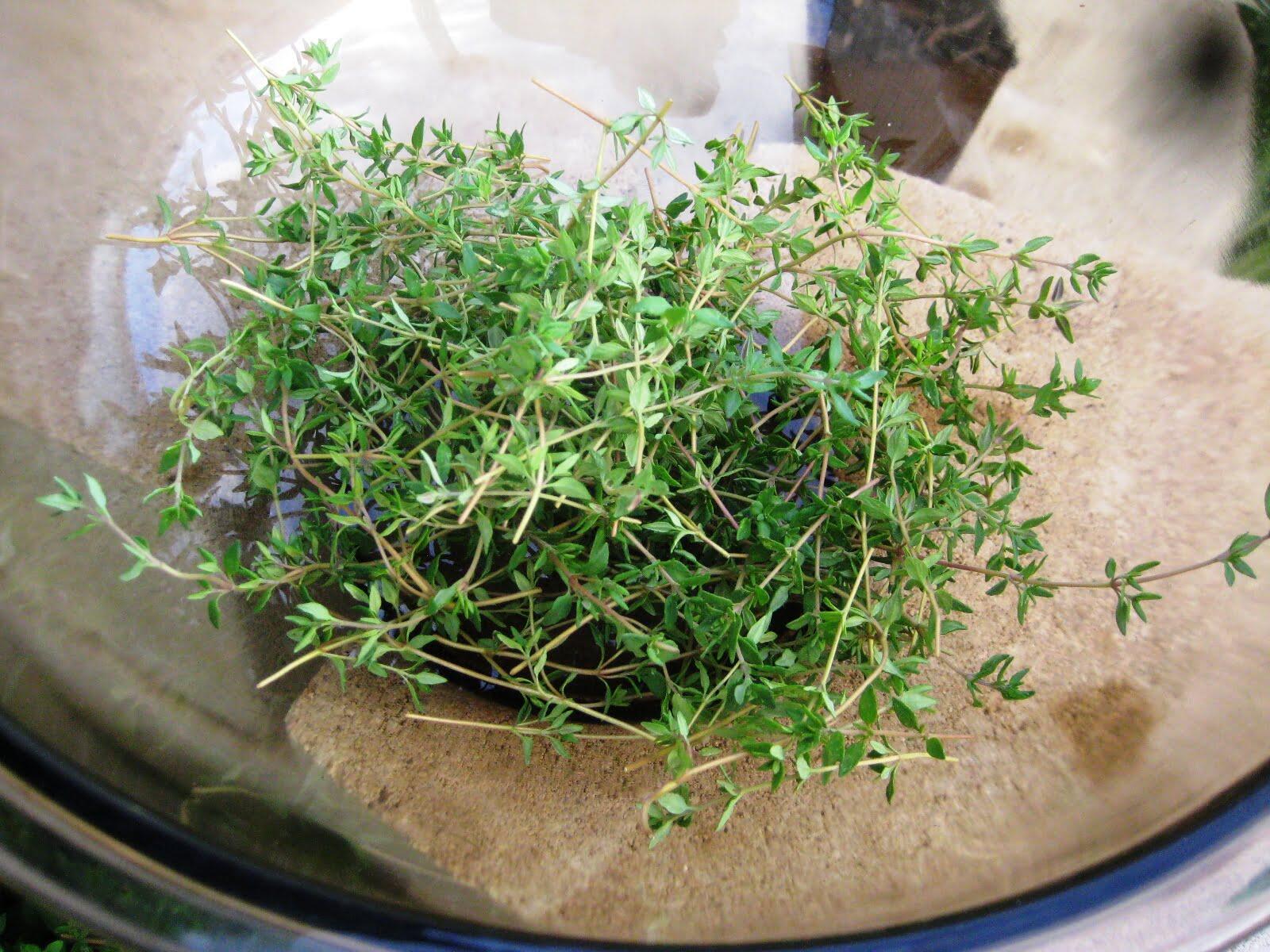
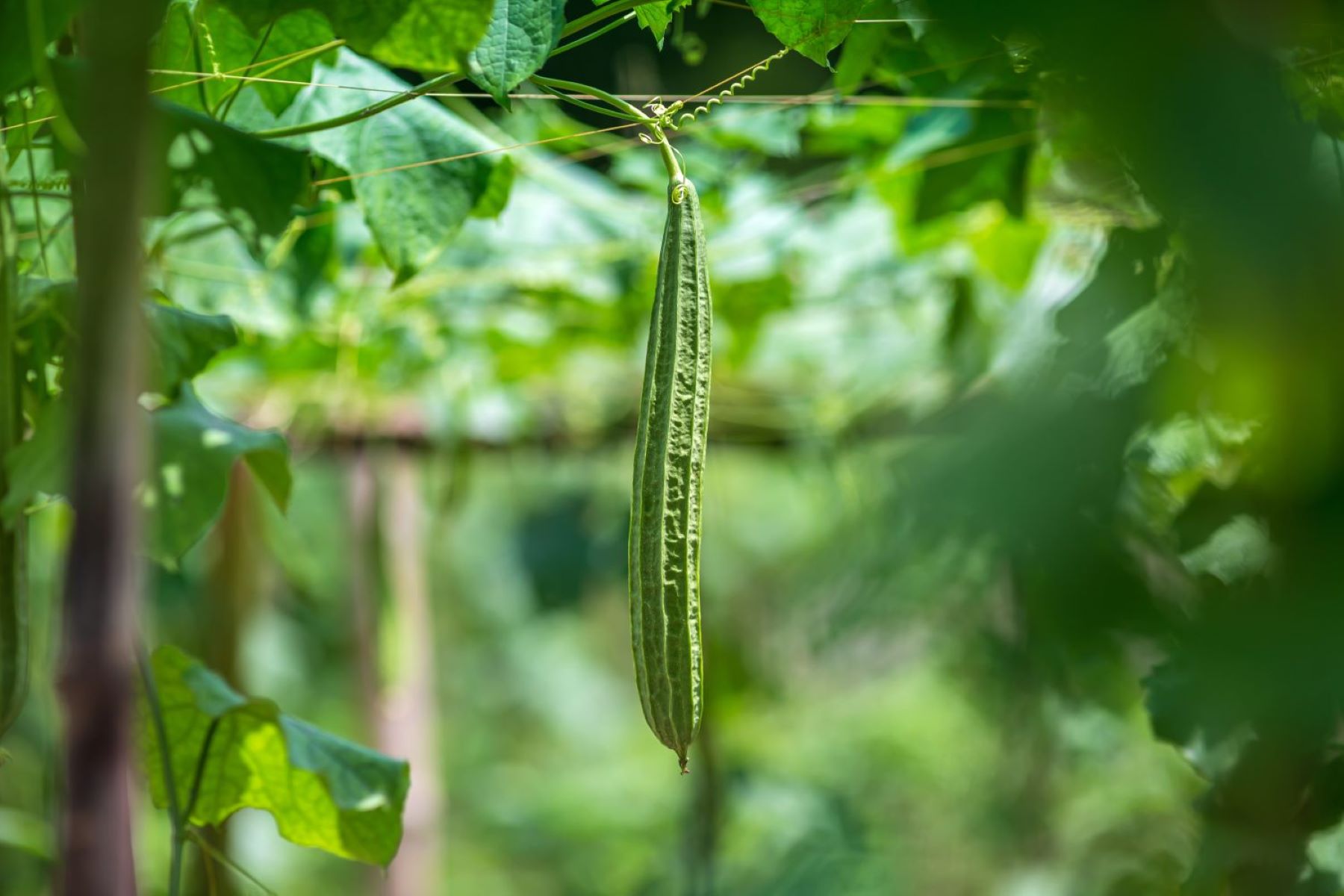
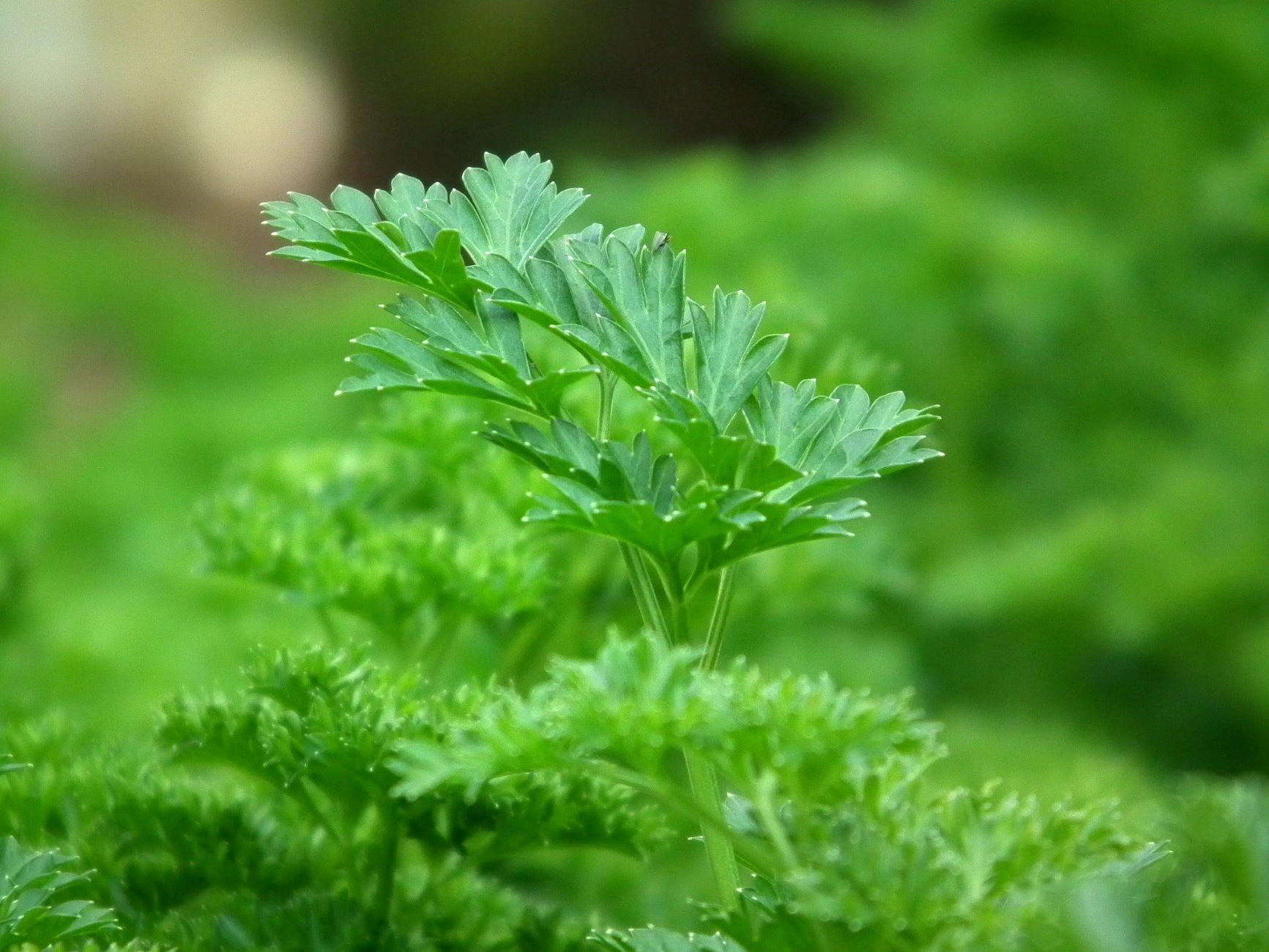
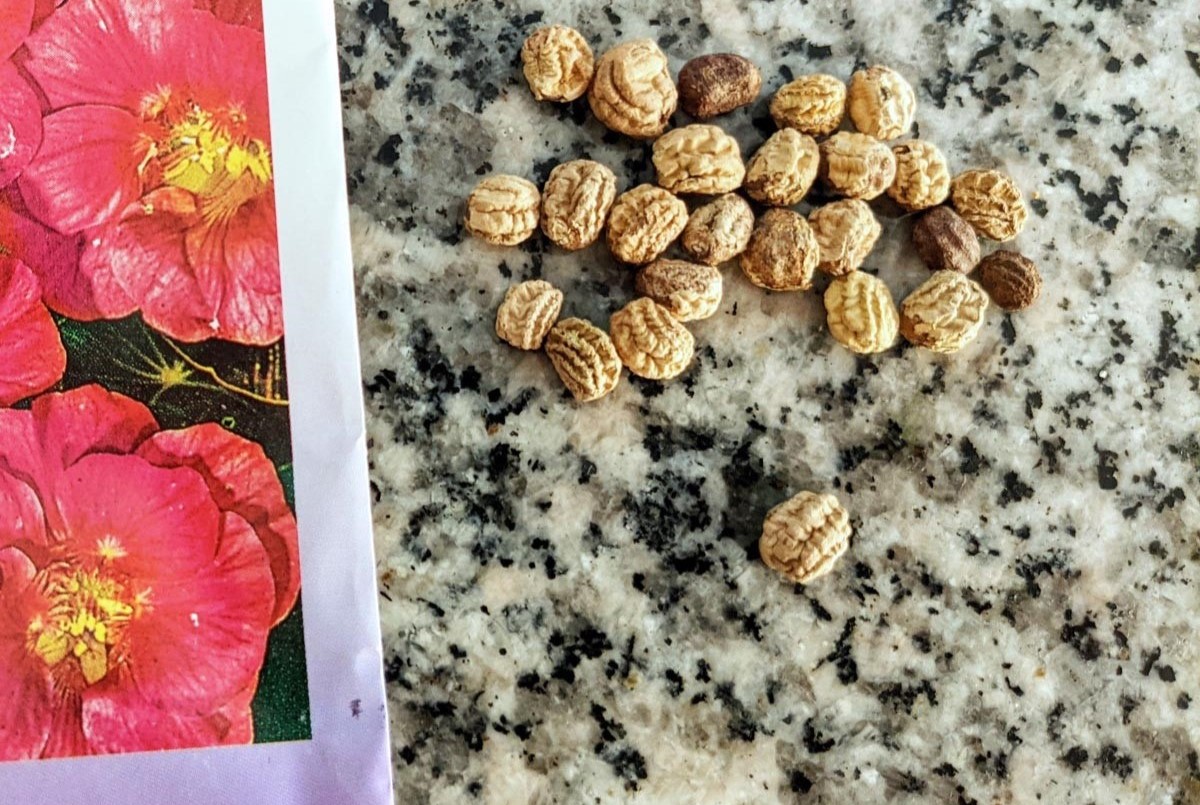
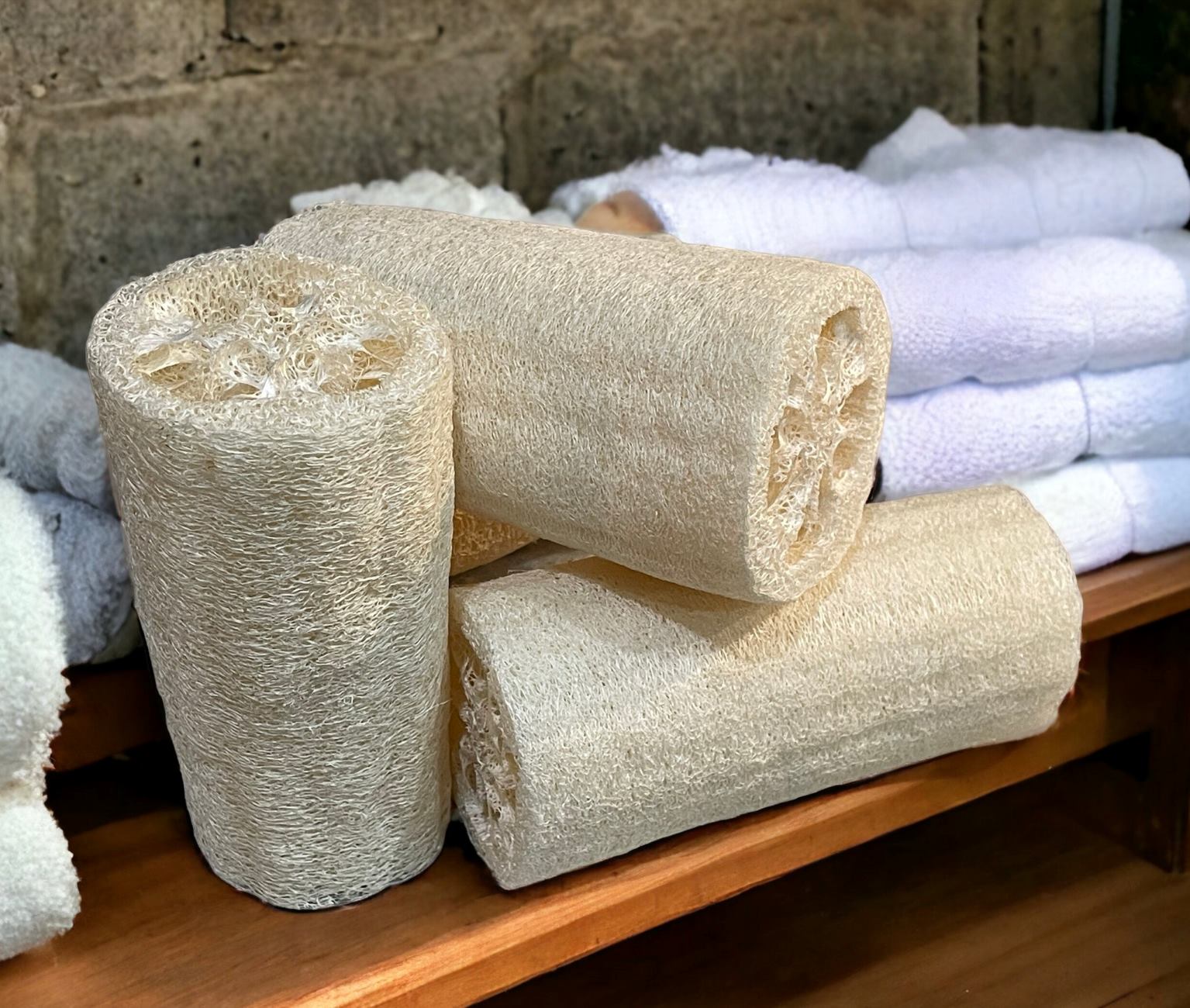
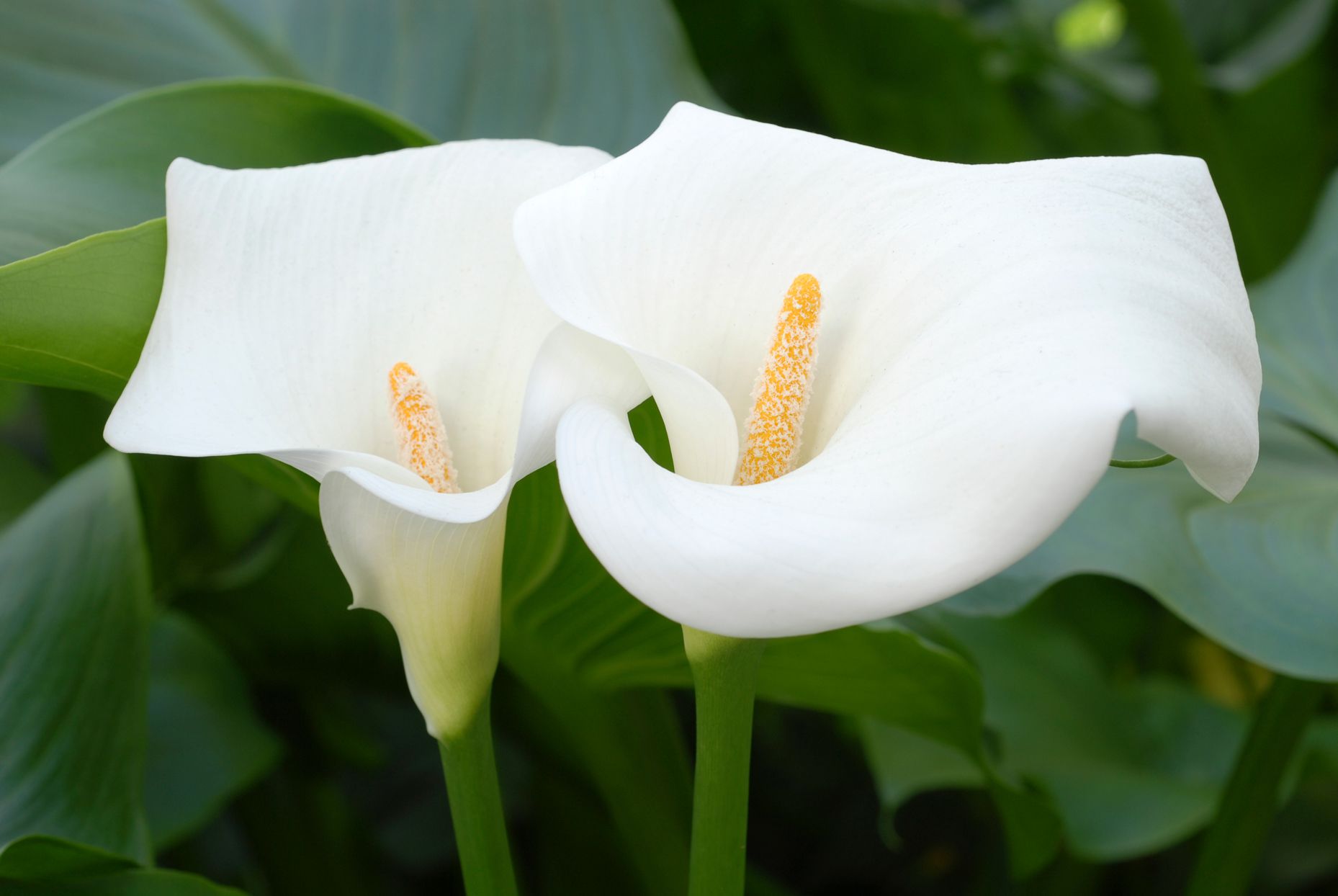
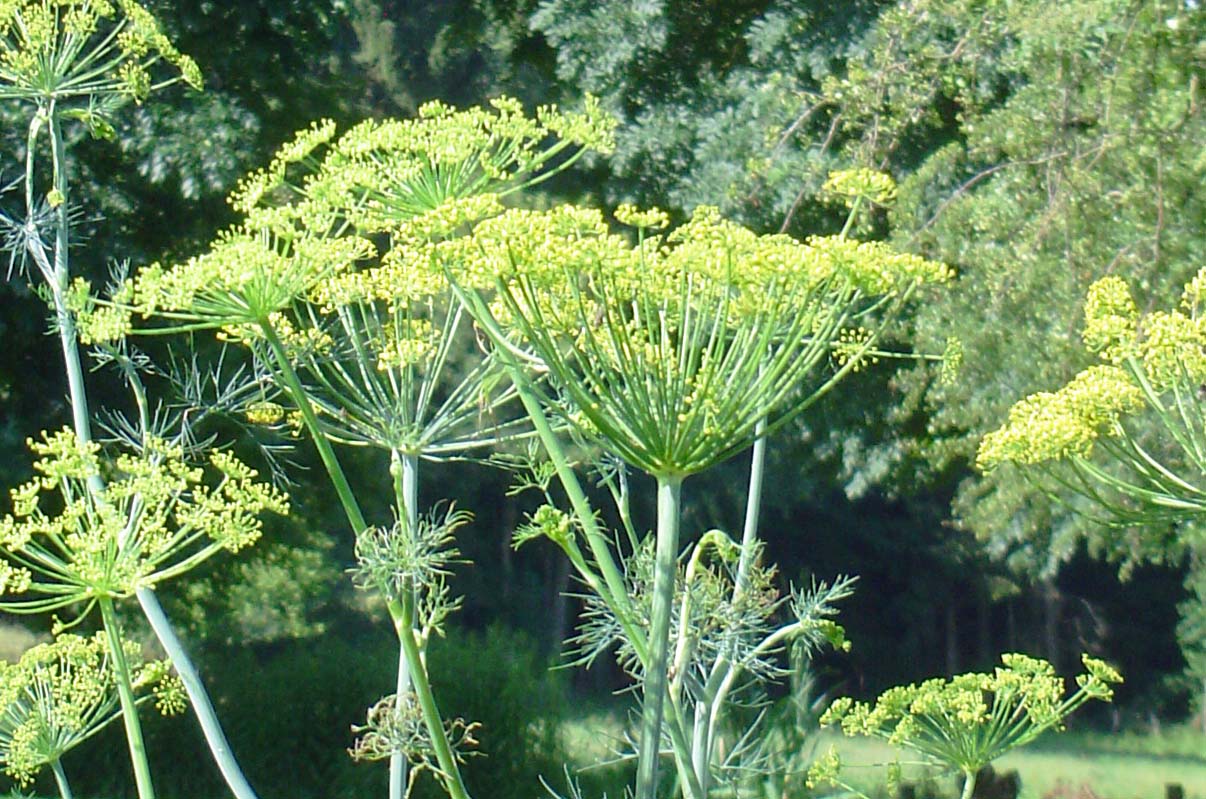
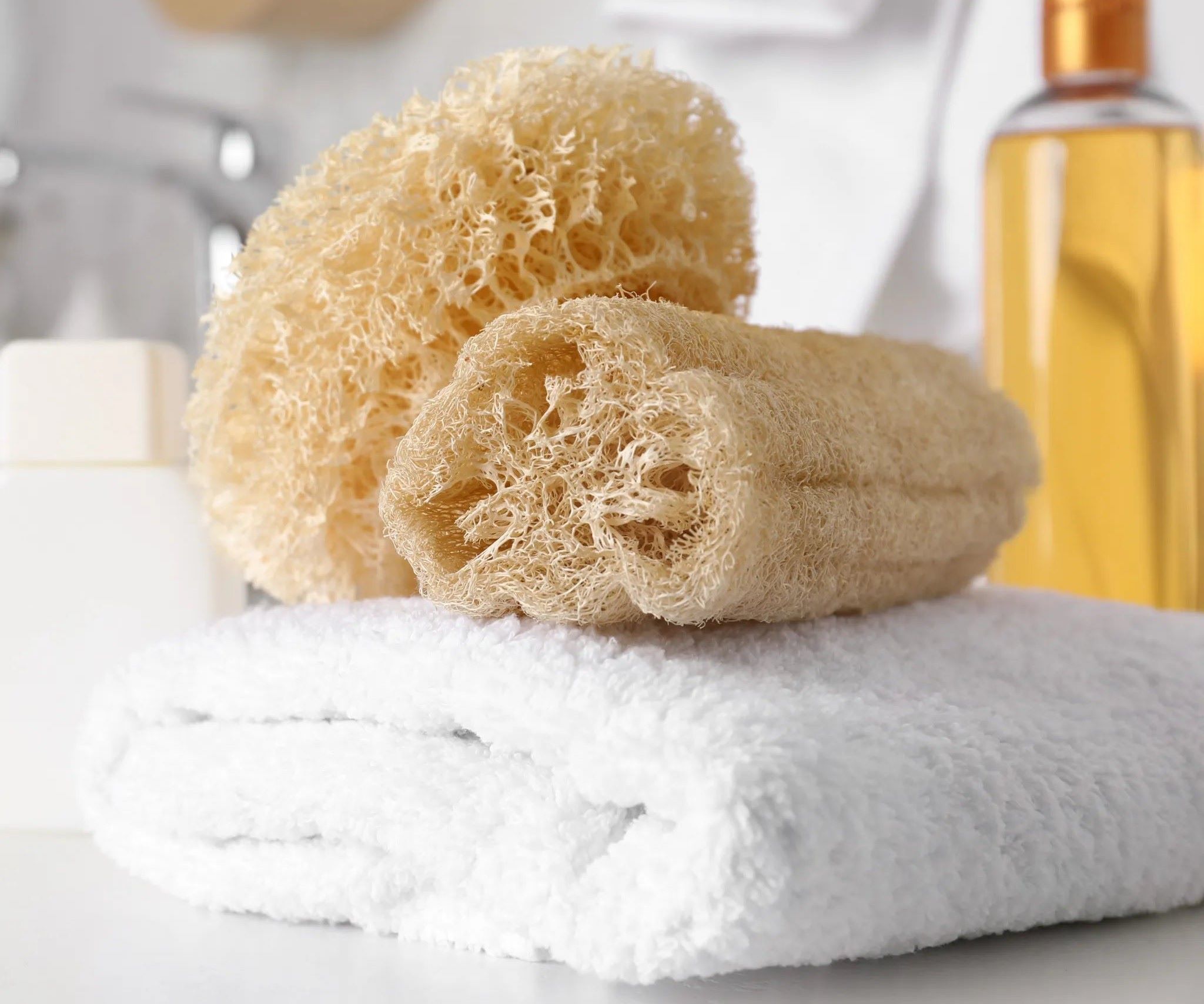
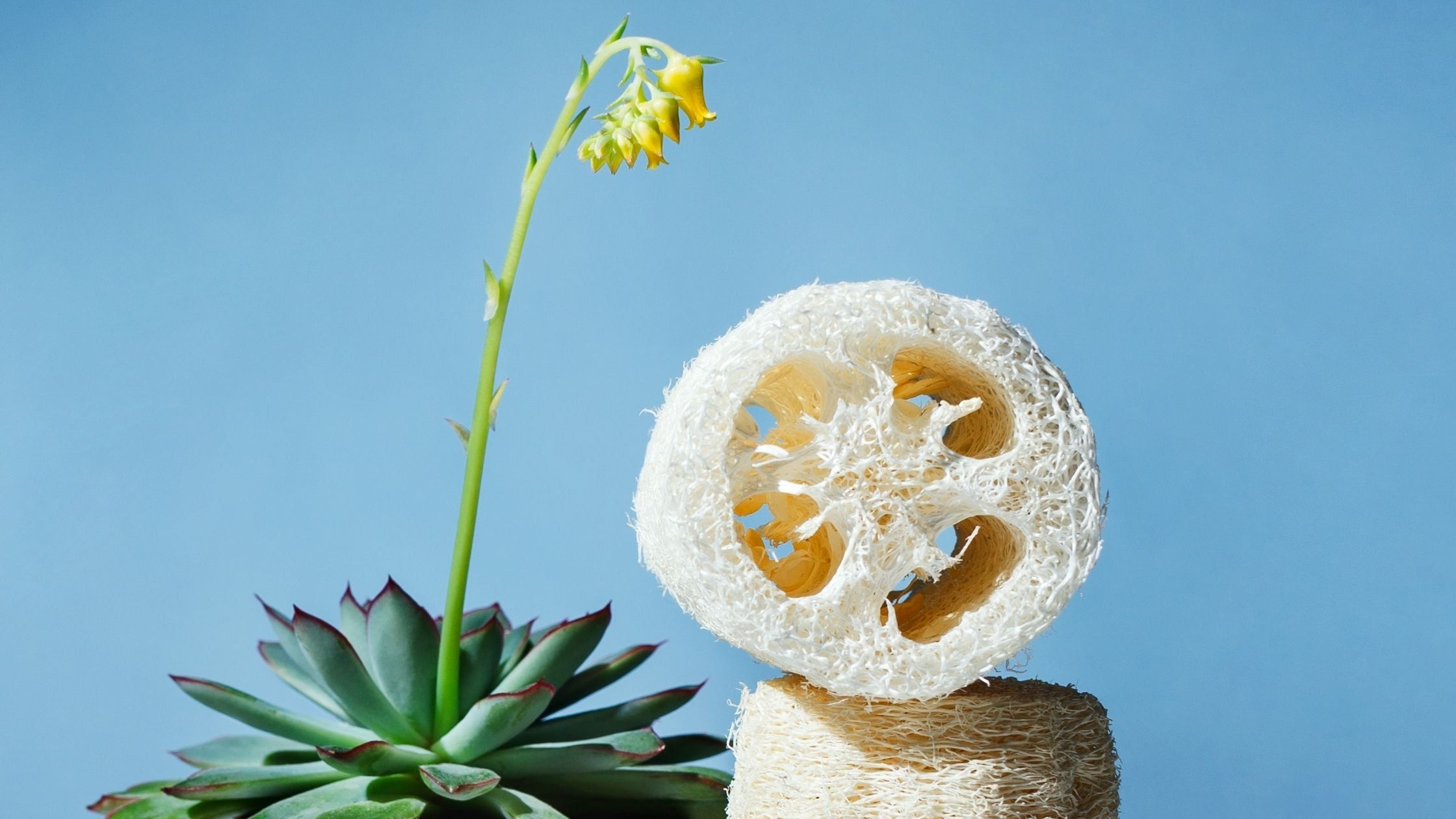
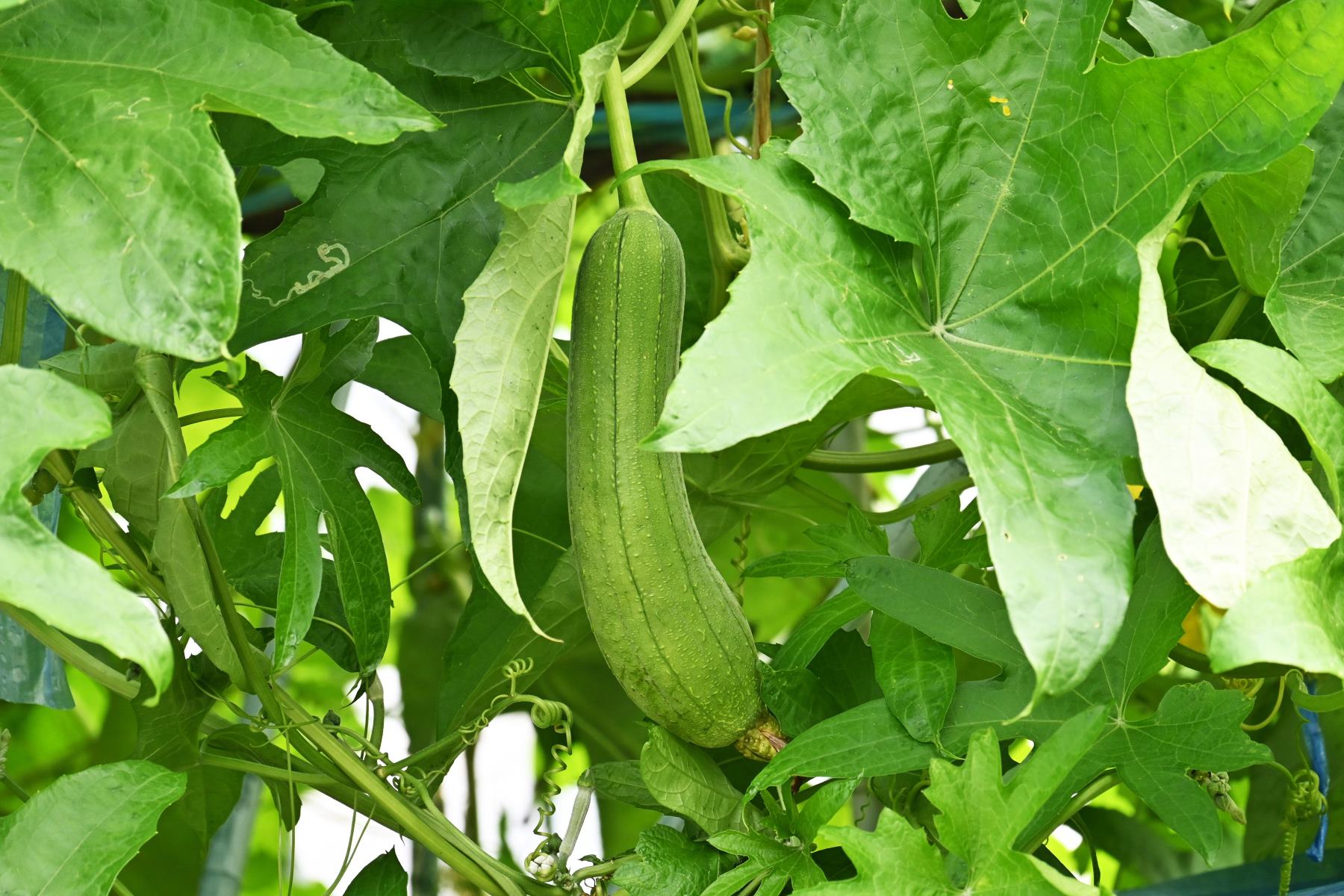
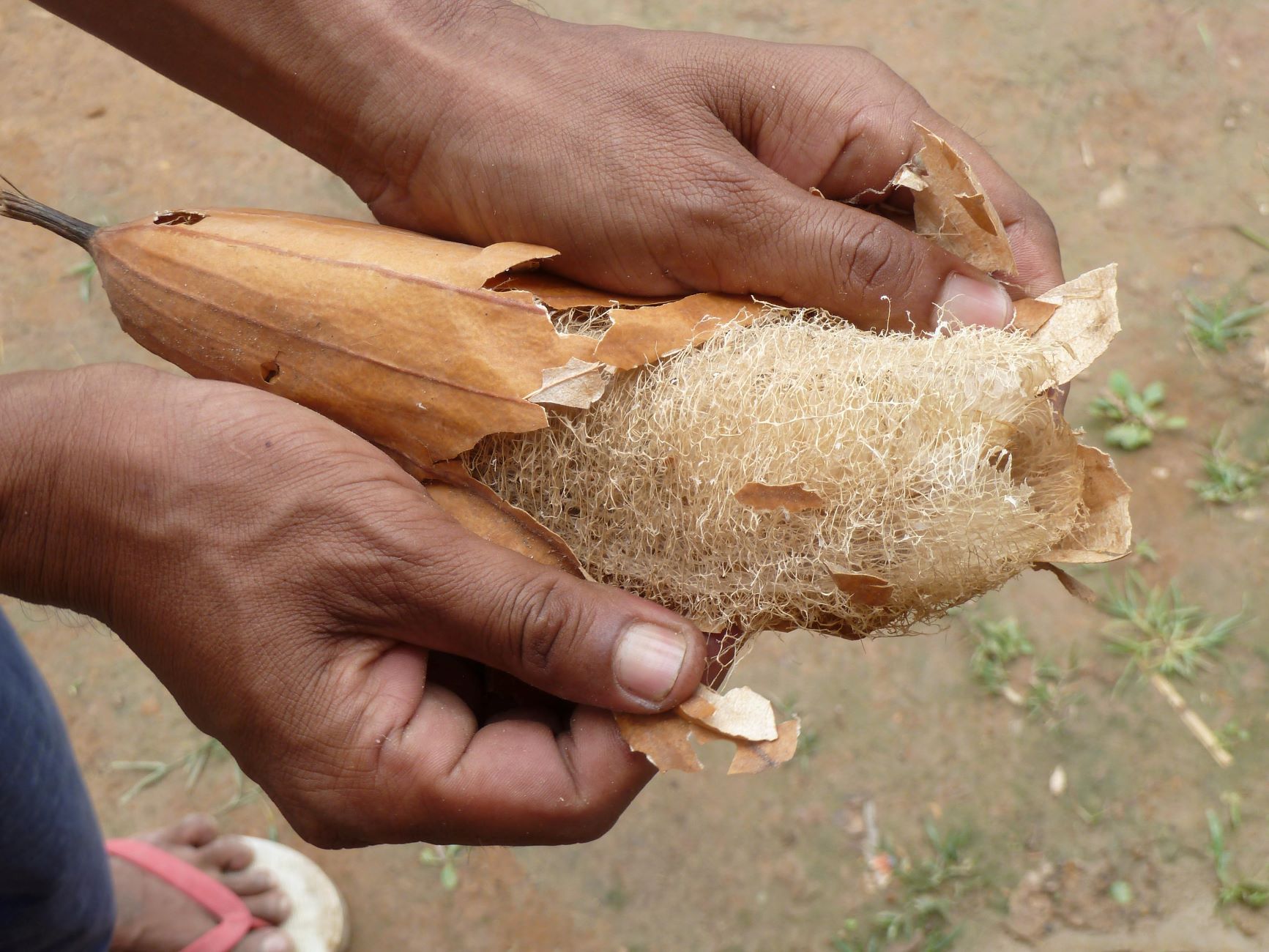
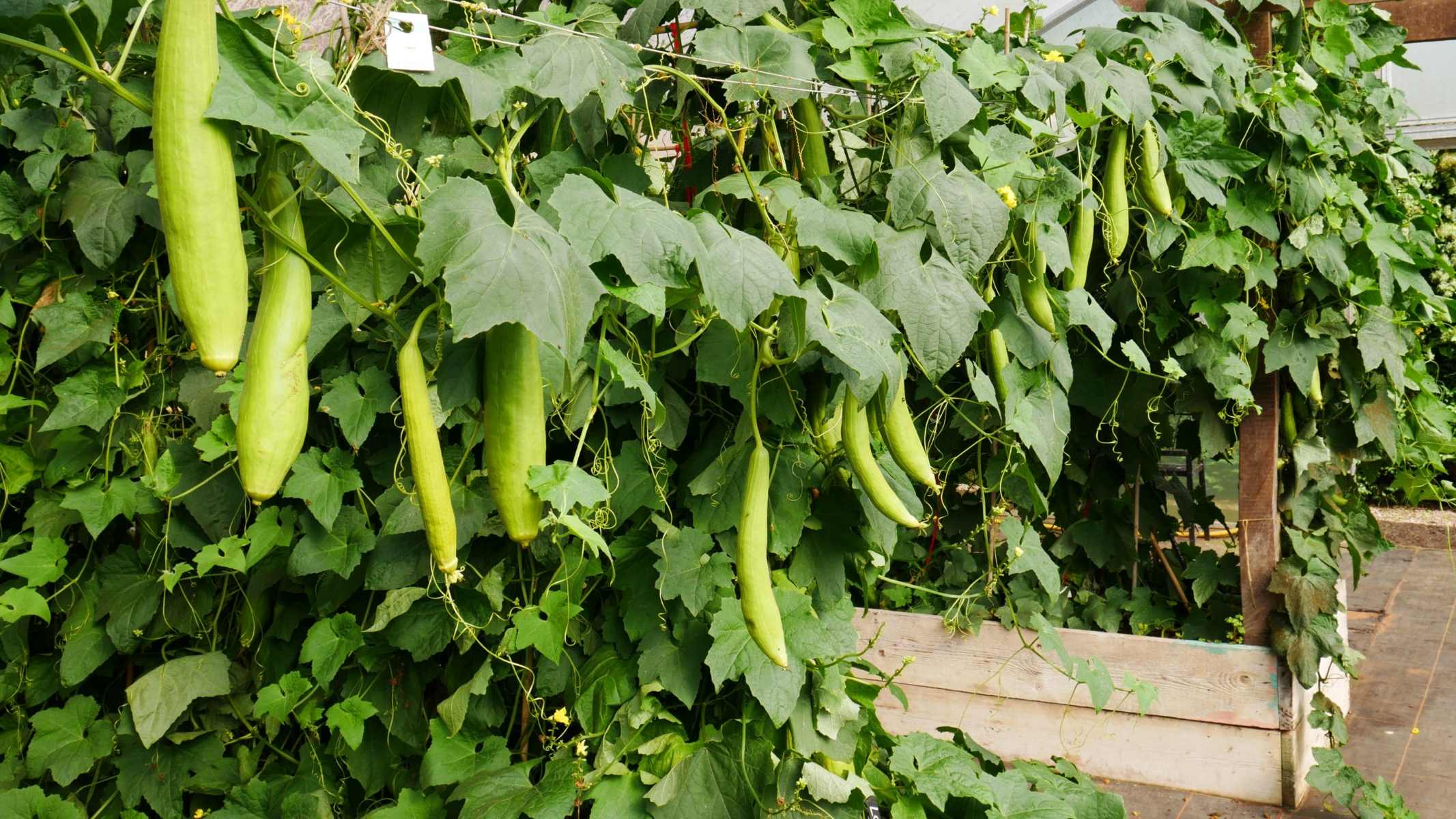
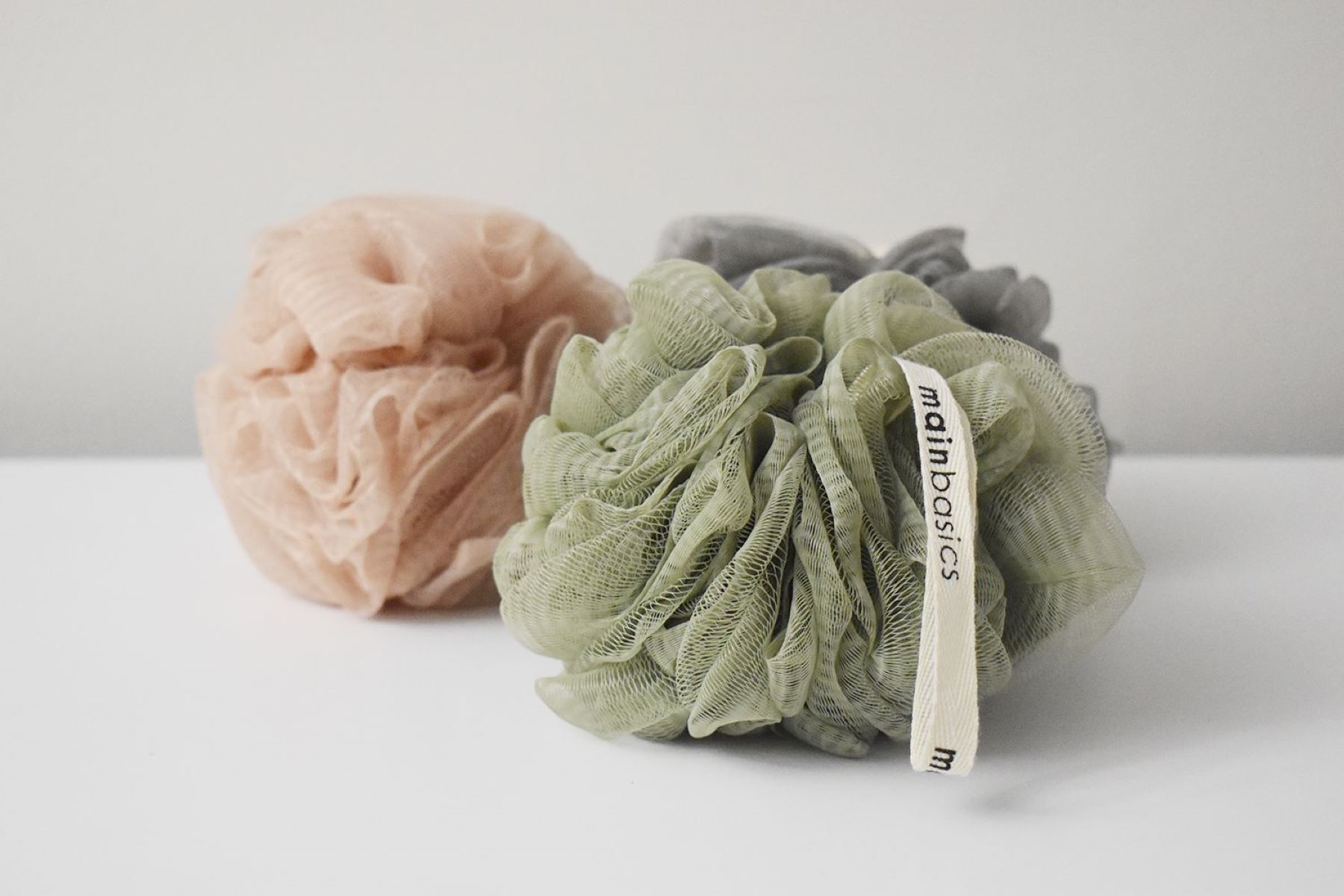
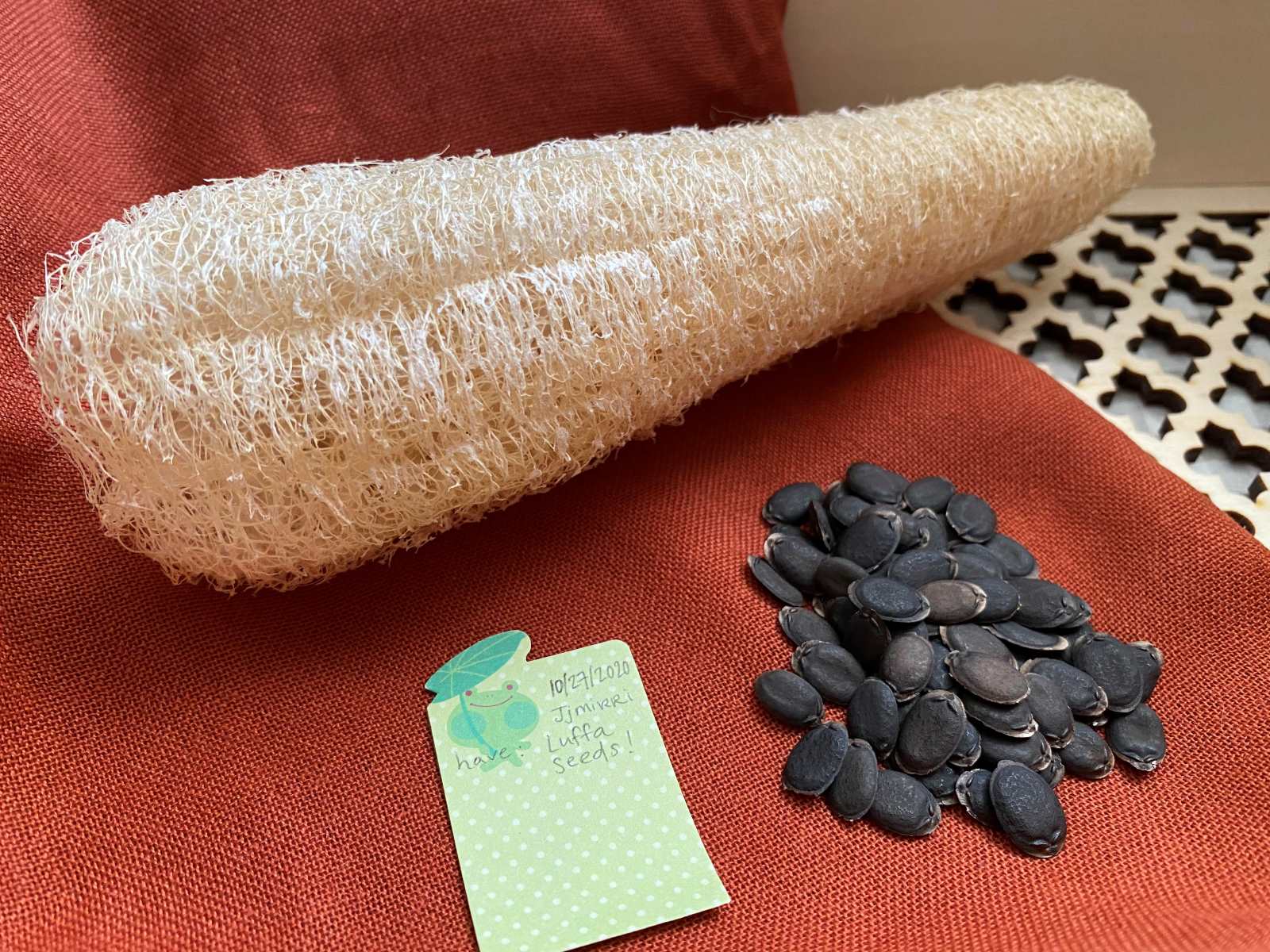

0 thoughts on “When To Harvest A Loofah”